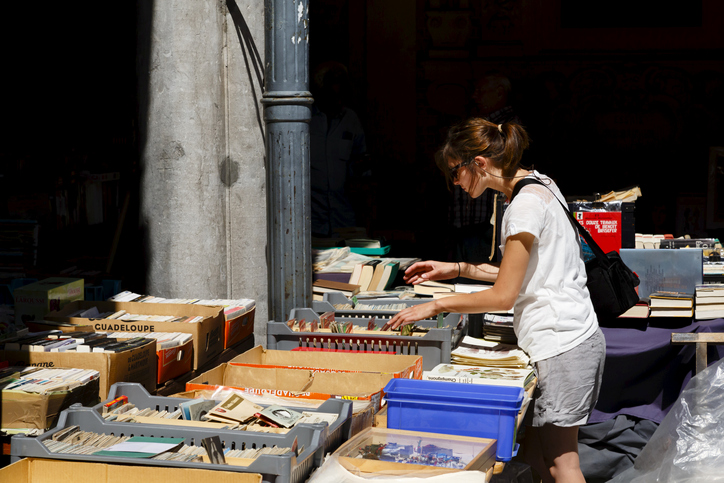
You can spend a beautiful Saturday morning inside scouring eBay for finds, or you could meander through a vintage flea market and do your hunting in real life. The difference, according to Flea Market Home & Living Editor-in-Chief Lisa Marie Hart, is why print magazines are still such a special experience.
“We’ve learned that beautiful publications printed on real paper – just like weekend flea markets bursting with displays of great old stuff – can’t be replaced by online reading or shopping. As humans, we innately respond to the sense of touch,” writes Hart in her Editor’s Letter in the latest issue of the publication from Centennial Media.
“At its best, the internet widens our perspective, reveals the heritage of antique finds and forges authentic connections,” Hart continues.
For Samir “Mr. Magazine” Husni, the connection was immediate. Husni recalls his experience of picking up the issue and reading the letter recently and felt the truth of those words.
“As I held the magazine in my hand and read her words, I knew what she was saying,” Husni writes. “That while many today may still think print is dead or dying, the proof is in the ‘paper,’ so to speak. You can’t replace experiencing an intriguing flea market on a beautiful Saturday morning with just visiting a website. Same goes for experiencing a lustrous ink on paper magazine, pixels just can’t compare! Print Media will never be obsolete!”
Certainly, some will argue that technology will advance to the point that we will able to experience the internet as a multi-sensory event. Sight and sound are certainly covered, and much work is being done to include haptic response in our digital existence, to appeal to our sense of touch.
Virtual and augmented reality will no doubt overcome the obstacles to us experiencing taste and smell (funny note: if you Google ‘what does the internet smell like’ you get this fabulous answer from journalist Andrew Blue: “the Internet smells a bit like burnt toast with another overtone of burning plastic — like a new car smell, almost — with a lot of ozone, like when you stand in front of an air conditioner. It’s a really specific mix.”)
The point is this: In each of these digitally enhanced sensory experiences, there exists a technical interface between the media and the human experiencing that media. Print, on the other hand, sits directly in your hands. You experience it in real-time, and our human brains crave this kind of experience.
